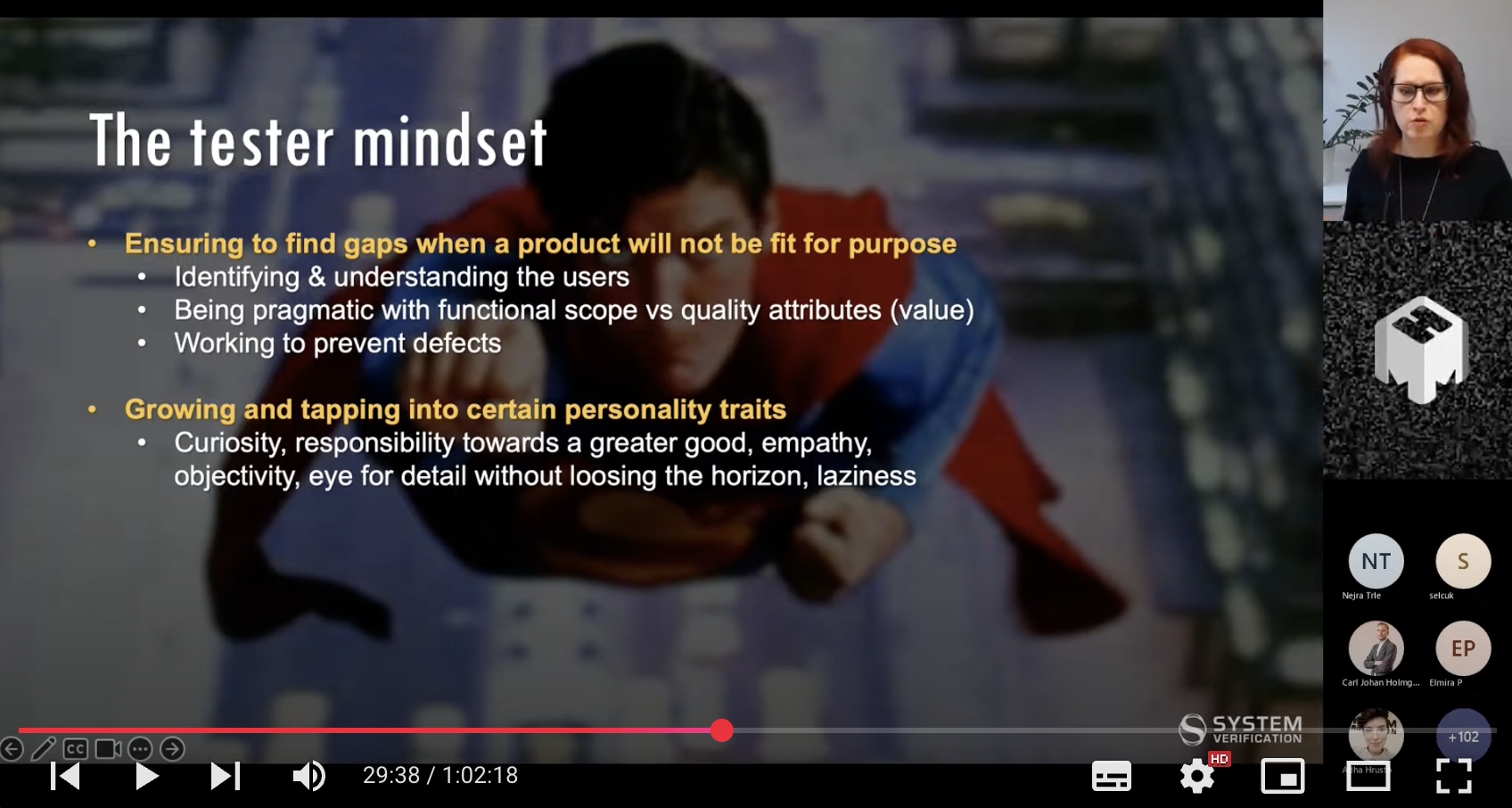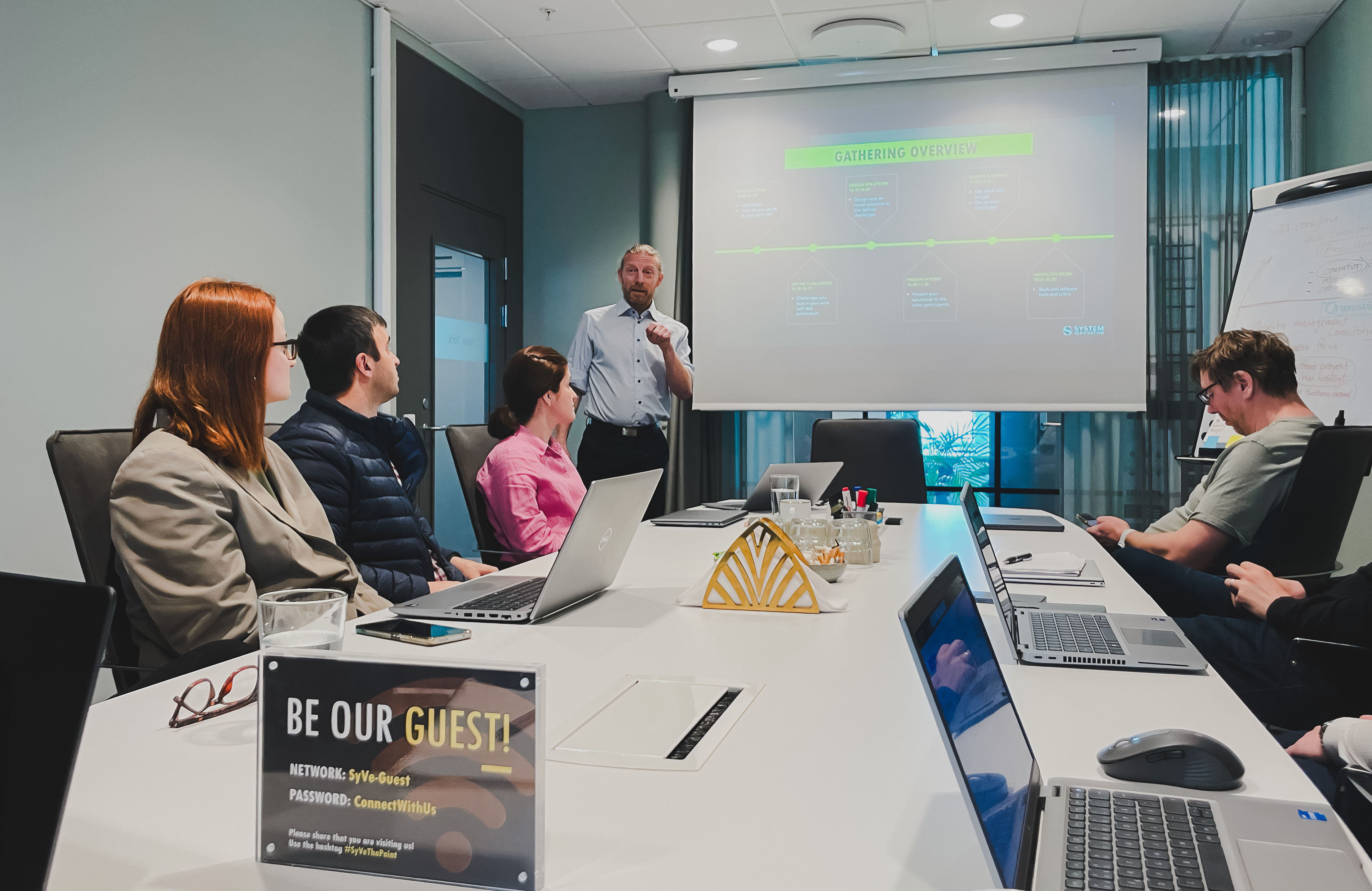KNOWLEDGE HUB


5 Simple Tips to Succeed with Tricentis Tosca

WEBINAR: Shaping tomorrow's QA

WEBINAR: The Testers Mindset

Quality Automation: Beyond Test Automation in Software Quality Assurance

Why Test Automation is Essential: 5 Key Areas to Drive Quality and Speed

4 | Cover More Ground: Increase Test Coverage with Automation

3 | Achieve Faster Releases: Save Time with Automated Testing

A Look Back at Our First System Gatherings - Exploring AI

Navigating Uncertainty: The Importance of Being Prepared in Today’s Market

New rules for digital accessibility. Are you ready? Part 2

New rules for digital accessibility. Are you ready? Part 1.

Service Delivery: The Key to Long-Term Success in a Fast-Changing World

Protect Our Communities with Secure Systems

Traditional Banking Systems Challenged - Is Container Orchestration the New Norm?
